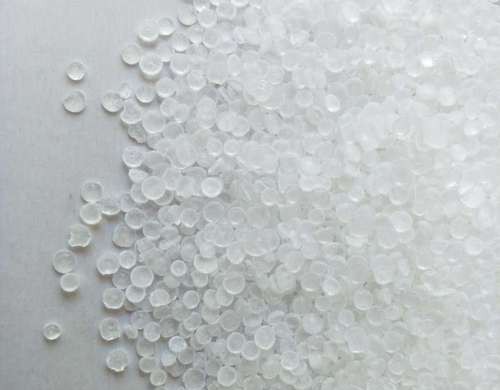
 Language
▼
Language
▼
More Language

Hydrogenation of tackifying resins is an important chemical modification process aimed at improving various properties of the resin by adding hydrogen atoms to the unsaturated double bonds of the resin. The following is a detailed analysis of the hydrogenation of thickening resins:
The main purpose of hydrogenation of tackifying resin is to improve the stability, heat resistance, and aging resistance of the resin. By hydrogenation reaction, unsaturated double bonds in the resin can be eliminated, reducing its reactivity and enhancing the chemical stability of the resin. Meanwhile, the hydrogenated resin can maintain stable performance at higher temperatures, with a slower aging rate and an extended service life.
In the field of hydrogenation of tackifying resins, there are various types of products, such as hydrogenated rosin ester tackifying resins, DCPD hydrogenated resins, etc. These products have their own unique features and are widely used in different fields. For example:

2. DCPD hydrogenated resin: A water white tackifying resin prepared by polymerization and hydrogenation using dicyclopentadiene (DCPD) as the main raw material. It has good tackiness, compatibility, thermal stability, and photostability, and is widely used in rubber, adhesives, printing inks, high-end coatings, hot melt adhesives, and other fields.
 Address:Linzi District,Zibo City,Shandong Province
Address:Linzi District,Zibo City,Shandong Province E-mail:wanbang@wanbangresin.com
E-mail:wanbang@wanbangresin.com WhatsApp:+8615053337101
WhatsApp:+8615053337101
China C5 hydrogenated petroleum resin supplier : Shangdong Wanbang New Materials Co., Ltd.
C5 hydrocarbon resin manufacturer has a wide range of applications, high quality, low price, and multiple uses.Welcome to consult.